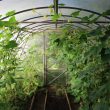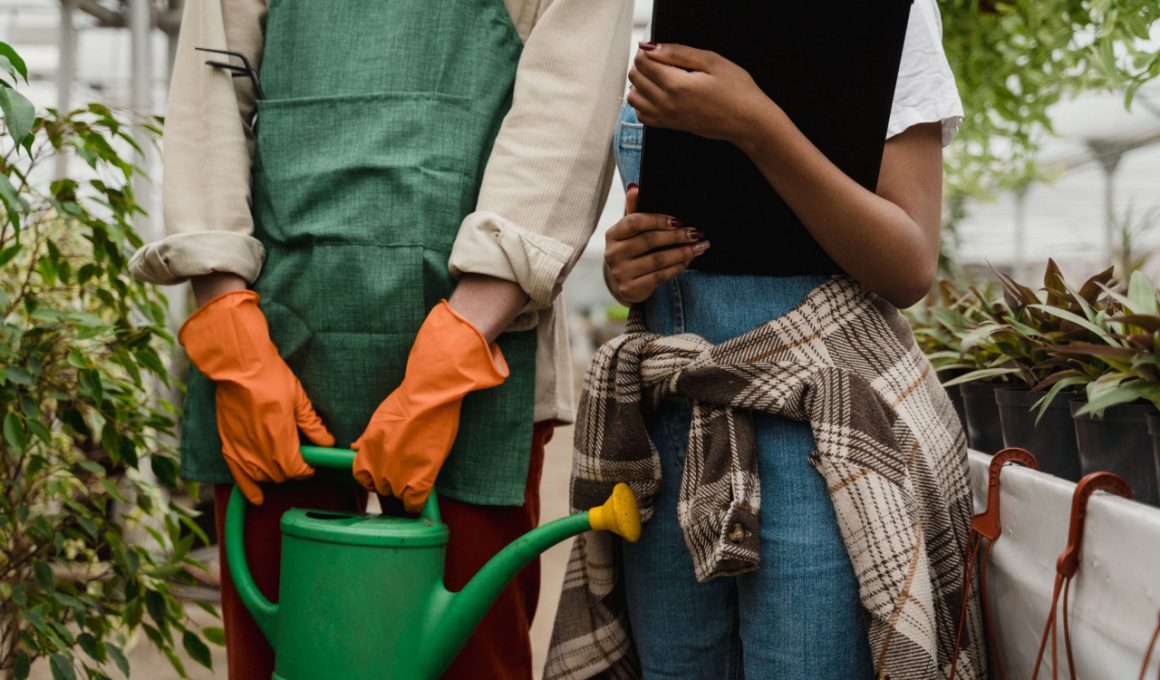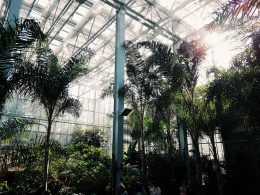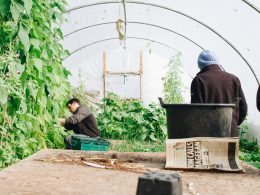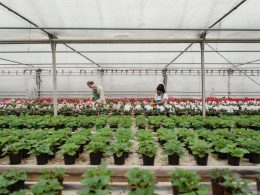Green House Adviser is reader-supported. When you buy through links on our site, we may earn an affiliate commission. Learn more
Raised bed greenhouses are the perfect way for anyone to start gardening easily and at a low cost. It does not matter if you live in a house where gardening space is limited; these raised bed greenhouses allow you to create your very own “mini-farm” at home. In this article, we will elaborate on some of the reasons why raised bed greenhouses are one of the most convenient tools for every beginning gardener and organic grower.
What Is a Raised Bed Greenhouse?
A greenhouse raised bed is a type of garden bed that has been built to be higher than traditional garden beds. Simply described, a raised bed greenhouse blends a raised bed’s compact construction with a greenhouse’s temperature-controlling shell. A translucent cloth cover connects to your raised bed to create these sculptures. Even in the early stages of spring, the distinctive form of a raised bed greenhouse produces an ideal growing environment for seedlings.
When it comes to planting, raised beds provide a moveable structure filled with loose, oxygenated soil that removes the difficulties of weeds, unwanted insects, and freezing ground. The greenhouse cover enables temperature control and adequate airflow, allowing plants to thrive in an optimal environment. If you’re considering building a raised bed greenhouse for yourself, here are some things you should know about this type of structure.
Advantages
As one of the most popular types of greenhouses, raised bed greenhouses are preferable for growing vegetables, herbs, and flowers. They are also a great way to get started with indoor gardening. Raised bed greenhouses are easy to set up, affordable, and can be moved around easily. You can build your own raised bed greenhouse by purchasing some additional materials, such as aluminum flashing or metal brackets. Some other advantages of this type of greenhouse are:
- They are portable.
- They are very easy to construct and install.
- They can be used in any climate and any season (winter or summer).
- They can be used as a garden bed or a potting bench, so they can be moved around your backyard easily.
Disadvantages
The main disadvantage of raised bed greenhouses is that they require more maintenance than other types of greenhouses because their frames need regular painting or staining to prevent rot from moisture seeping into the wood from the soil below or from rainwater splashing off the roof. Other disadvantages of raised bed greenhouses include:
- They are not a permanent solution.
- They require additional space.
- They are not allowed by some homeowners’ associations.
Types of Raised Bed Greenhouses
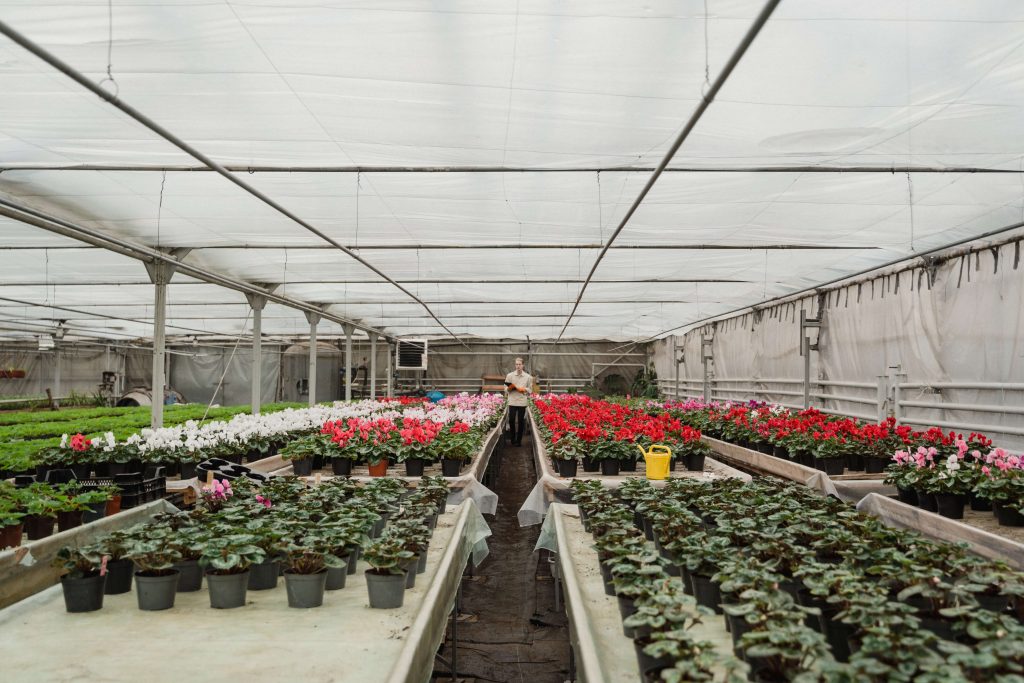
There are several different kinds of raised bed greenhouses on the market. Here you will find the two most common types of raised bed greenhouses and their main characteristics.
Hoop houses
Hoop houses are a great way to extend the growing season. They are typically made from plastic or metal hoops, with plastic sheeting or mesh stapled over them. The hoop house can be used to protect plants from cold temperatures and frost, but also from wind and pests. The plastic or mesh covering can be removed during the warmer months to allow for better ventilation.
Cold frames
Cold frames, also known as cold beds, are a common type of raised bed greenhouse that is used to extend the growing season for plants. They are essentially a miniature version of the traditional greenhouse and can be used for all types of plants. Cold frames can help you grow plants in winter and early spring when the ground is frozen or too wet to work with. They can also protect tender young plants from cold, windy weather when they are first planted outside.
Raised Bed Greenhouse vs. Raised Bed Cover
An alternative to raised bed greenhouses is raised bed covers. Covers are fantastic in gardening, but they don’t always provide for the raised garden bed and soil in all the ways a greenhouse does. The key difference is in the material. Raised bed covers are typically made from plastic or vinyl. These materials don’t breathe, and they can trap heat and moisture in the soil. They also tend to be more expensive than a greenhouse, which will have metal sides that allow for better ventilation and drainage. This way you can use your raised bed without worrying about it getting too hot or too cold — two things that could kill your plants!
While raised bed greenhouses are certainly quite popular, they do have a couple of drawbacks. First, they’re expensive to build, and second, they require a lot of maintenance.
Covers, on the other hand, are cheap and easy to install. Plus, they have the added benefit of protecting your plants from cold weather and pests. This can be especially important in winter months when temperatures may dip below freezing, which means that unless you have some type of protection, many of your plants will die if they’re left outside uncovered.
Can You Have Raised Beds in a Greenhouse?
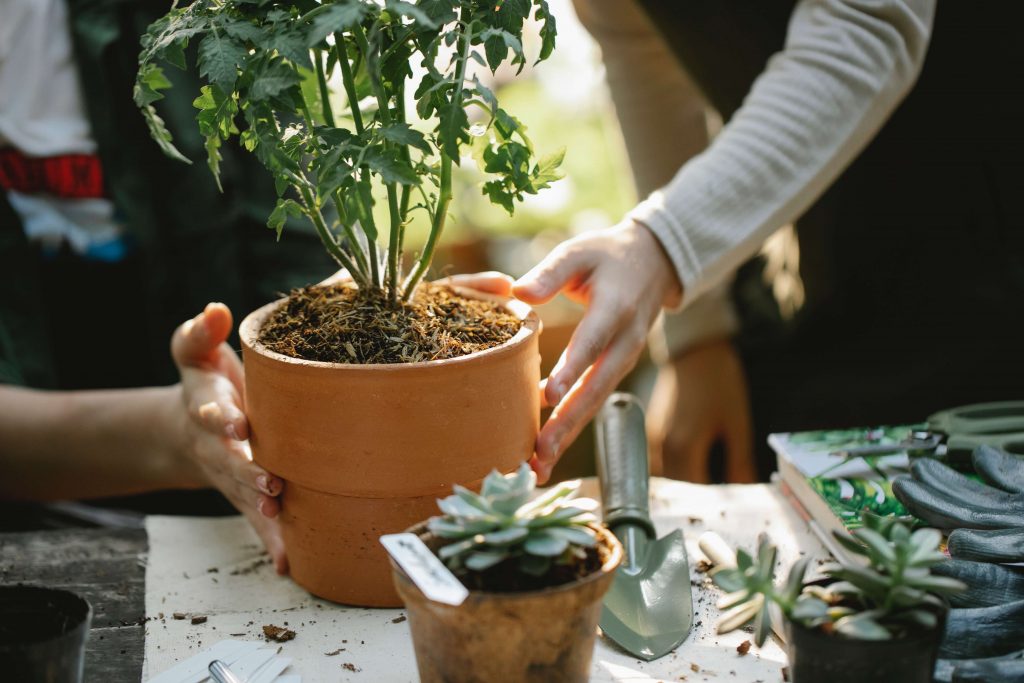
Raised beds are an excellent way to grow your own plants, but do you know if you can have them in a greenhouse? The answer is yes! Raised garden beds are a great way to get more gardening space in your greenhouse, but they can be hard to access and tend to dry out quickly. If you put them inside your greenhouse, it will give you more gardening space, improve drainage, and make it easier to access the plants than if they were on the ground.
To start, build four raised garden beds and place them on the floor of your greenhouse. Add soil and garden plants as desired. Next, use wood or metal lattice panels to create a shelf above each of the raised beds. The lattice should be high enough so that when standing up from the ground, you won’t hit your head on it. Drill holes in the paneling so that water can drain through into the soil below.
Planting in a Raised Bed
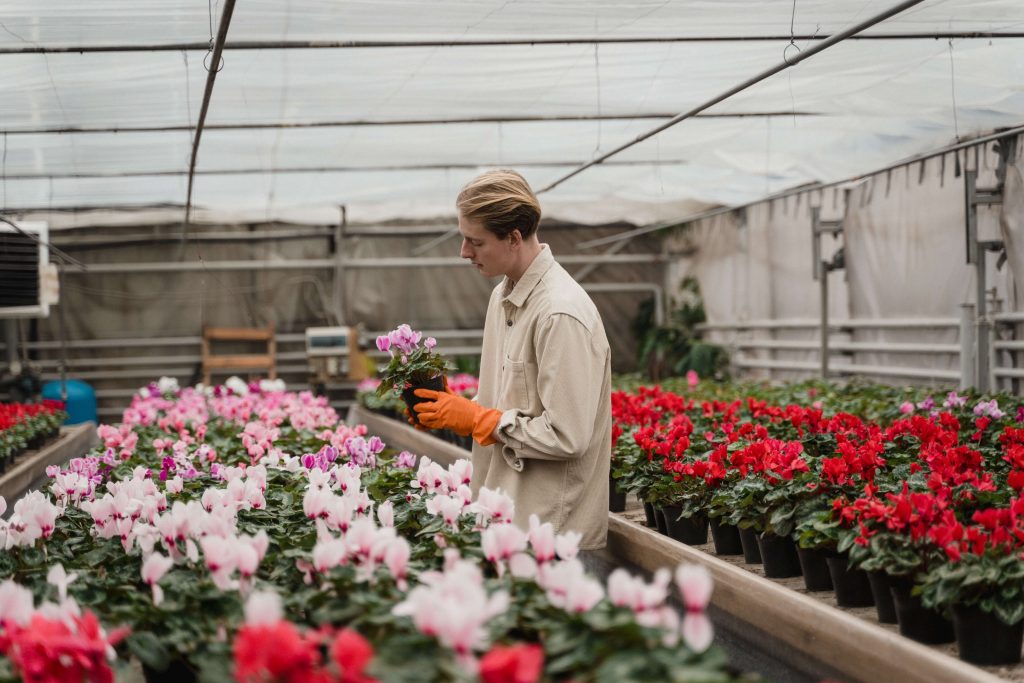
Raised beds can be a great way to add some extra growing space to your yard. Here are some things to plant in your raised bed:
- Vegetables: You can grow almost any vegetable in a raised bed, including tomatoes, lettuce, and squash. The only thing you should avoid is root vegetables such as carrots and beets. They need a lot of space and don’t do well when crowded.
- Flowers: Flowers look great in a raised bed, but they may not produce as many blooms as they would in the ground. If you want the best results, choose flowers that do well in containers like petunias and marigolds.
- Herbs: Herbs like basil and oregano thrive in containers and are easy to grow at home. You can also grow herbs indoors all year long by setting them on a sunny windowsill or porch railing.
Besides the benefits of the products, you can plant, raised beds are also perfect for people with back pain, bad knees, or other physical limitations that make gardening difficult or impossible as they are elevated. They’re also ideal if you have children who want to help with the garden.
Conclusion
Raised bed greenhouses are the way to go for those who want their plants and vegetables but do not want to bend over all the time, especially if you have some sort of back injury that prevents this, or you just get tired of doing all the bending. Raised bed greenhouses can be professionally made or if you have some carpentry skills, you can take on this project yourself. If you are only looking for a small greenhouse for your home, then a DIY version could be just what you need.


